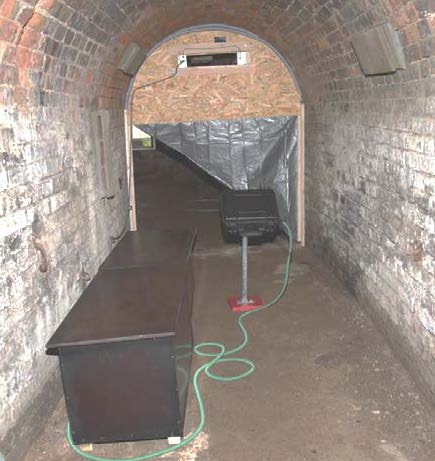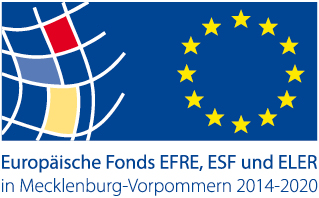Estimating census sizes and monitoring population trends is required for species protected by Annex II of the EU Habitats Directive, including many bat species. These estimates are critical for assessing the reaction of such species to anthropogenic changes in the environment, notably including the effects of climate change. Bats pose an especially difficult challenge in this regard due to their highly cryptic nature: small size, ability to fly and to hide effectively in rock crevices and tree cavities, and nocturnal nature. As a result, collecting high-quality data to accurately estimate population trends is often difficult, time-consuming, and requires invasive techniques such as mark-recapture studies.

The use of camera traps at underground hibernacula present an enticing minimally invasive method to effectively monitor the populations that make use of these sites. In Mecklenburg-Vorpommern these methods have already been applied at a variety of hibernacula over the past several years. Increasingly, these methods are capable of producing a high volume of data, which subsequently require accurate species identification by experts. Given the prohibitive time investment this requires, automated species identification is required for the method to be applicable on a scale that would allow for accurate species level population trends.
Using deep neural networks, this project will attempt to automate the identification of the 25 bat species present in Germany from camera trap pictures. The utility of this algorithm will be highlighted via the establishment of a long-term camera trap monitoring at 10 hibernacula in Mecklenburg-Vorpommern to evaluate local bat population trends. Additionally, through collaborations, species-specific reactions to weather and climatic variability will be explored throughout Germany.
Furthermore, the increasingly used automated recording of bat echolocation calls also generate large amount of acoustic data. Combined digital (image and audio) data evaluation could increase the accuracy of species classification, because some species can be distinguished easier based on their calls, while others better visually. However, linking different digital formats and jointly analyzing camera trap images of bats and their echolocation calls still remains a challenge. Therefore, automating bat species classification by simultaneously evaluating images and audio data using deep learning algorithms is also a prospect of the project.
Automated recognition of individuals, particularly of rare species, could be very useful for reliable population estimates, however distinguishing between individuals of bats from images are not possible up to now. In the future, quick and efficient identification of individuals of rare large mammals, such as wolves, lynxes and otters from camera trap images would enable detailed studies of their movement patterns, foraging, life histories and survival. These information could be useful for better understanding the ecology and behavior of species, thus allow for efficient conservation measures to be taken.



